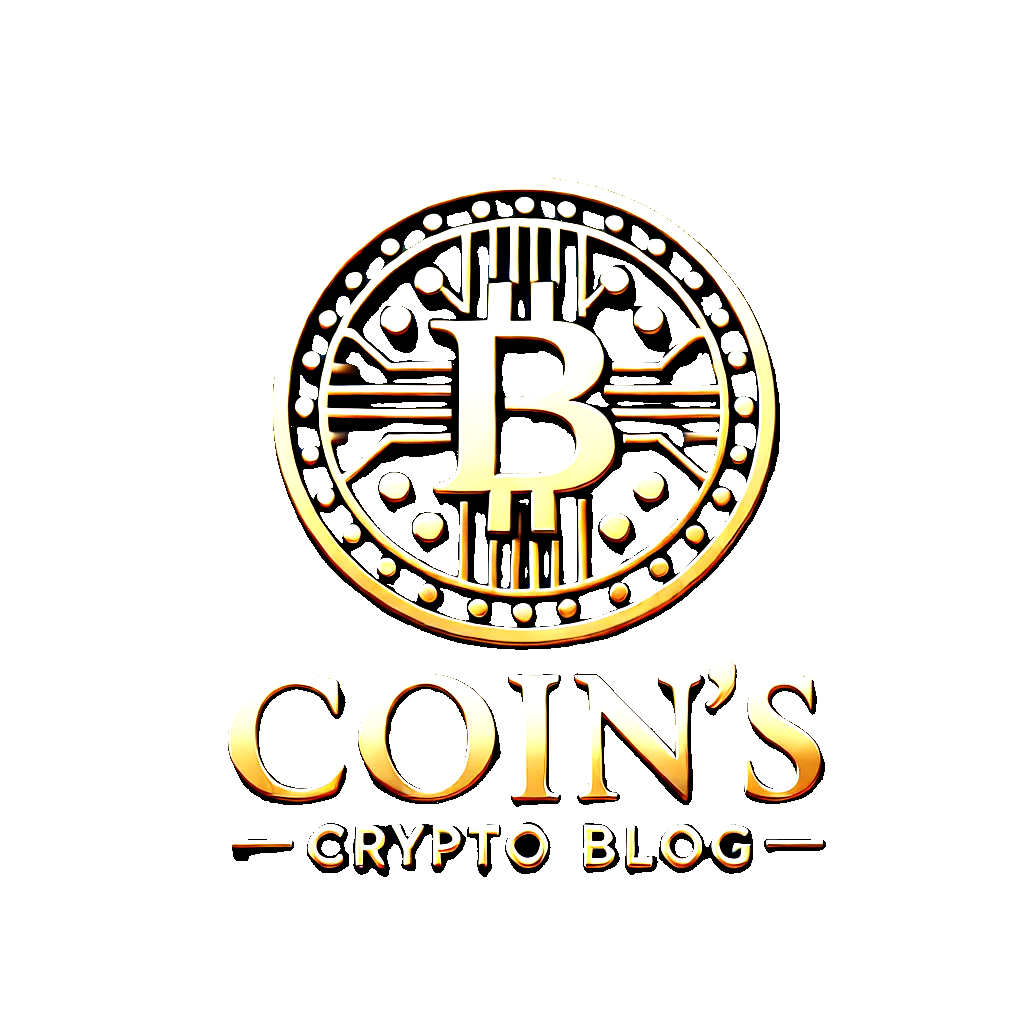Digital assets have grown into a multi-trillion-dollar market, yet they remain largely disconnected from traditional finance. Institutional investors increasingly want to own and monetize digital assets, but most banks, broker-dealers and asset managers operate on infrastructure designed for stocks and bonds — not blockchain-based assets. While spot crypto ETFs are an important step toward integration, they only enable passive exposure to the asset class. For digital assets to fully mature, they need a mechanism that bridges them with the entirety of the existing capital markets infrastructure in a familiar, regulated way.
You’re reading Crypto Long & Short, our weekly newsletter featuring insights, news and analysis for the professional investor. Sign up here to get it in your inbox every Wednesday.
Enter American Depositary Receipts (ADRs). For nearly a century, receipts have served as that bridge for international stocks, debt and commodities, enabling U.S. investors to own foreign assets with the same ease as domestic securities. The first ADR—issued in 1927—set the stage for a system that today facilitates trillions in global investment. ADRs work because they provide fungibility, economic and governance rights and U.S. regulatory oversight, all while ensuring efficient settlement through the Depository Trust & Clearing Corporation (DTCC). They enhance local liquidity and market access, as seen in Chinese companies listing on the London Stock Exchange and U.S. stocks trading in Brazil.
Crypto as the modern foreign market
Crypto-focused ADRs will play a similar role for digital assets. Just like foreign markets, crypto operates outside the traditional U.S. capital markets, making it difficult for most institutions to engage without specialized infrastructure. ADRs provide a regulated, accessible and familiar framework that enables:
Seamless access – Crypto can be included in funds and held at existing banks and brokerage accounts, unlocking traditional capital markets utility.
Efficient two-way convertibility – By not being limited to authorized intermediaries, ADRs provide asset owners the choice to convert underlying crypto and ADRs in-kind.
Cost efficiency – ADR conversions are simple, same-day processes that do not require a NAV calculation. Fees are never deducted by selling the underlying crypto.
Institutional workflow compatibility – Settlement through DTCC via unique identifiers like CUSIP and ISIN ensure seamless alignment with existing workflows.
TradFi demands crypto
Institutional demand for digital assets is surging, but most traditional market participants are still tied to DTCC rails and are not set up to directly interact with crypto. ADRs meet these firms where they are today, while also addressing key regulatory, compliance and operational hurdles:
Regulation – ADRs are SEC-regulated securities with CUSIPs, ISINs and tickers, ensuring investor protection.
Compliance – Only regulated entities (broker-dealers, banks, etc.) custody and service ADRs, maintaining high compliance standards.
Operations – ADRs settle through traditional stock clearing systems, just like any other security.
Unlocking market expansion
By linking the $3 trillion crypto market with the $87 trillion securities market in DTCC, ADRs can drive institutional adoption and unlock new opportunities in the traditional markets, including the following:
24/7 trading – Crypto markets never close, but traditional securities do. ADRs enable round-the-clock trading of traditional securities, mitigating overnight and weekend risk. Since the launch of spot bitcoin ETFs in early 2024, BTC has experienced 10% swings on two separate weekends —moves that institutional investors could not fully capitalize on.

Yield, lending & settlement – ADRs could be used for margin trading, settlement of spot crypto and futures trading, collateralized lending and structured products. Due to their unique ability to link ADR and spot crypto liquidity, ADRs are an ideal instrument to institutionalize these use cases.
Custody choice – Investors can conveniently hold assets on-chain or in traditional brokerage accounts.
Fund inclusion – Due to their security status, ADRs enable crypto ownership in ETFs and institutional portfolios.
Conclusion: a foundation for institutional growth
ADRs revolutionized global investing by making foreign stocks seamlessly available to U.S. investors. Now, there is a unique opportunity to continue this legacy of enabling market access. By providing a regulated, efficient and familiar bridge for institutions to engage with digital assets, ADRs could be the key to unlocking crypto’s next stage of growth and ultimately bring new institutional capital on-chain.




